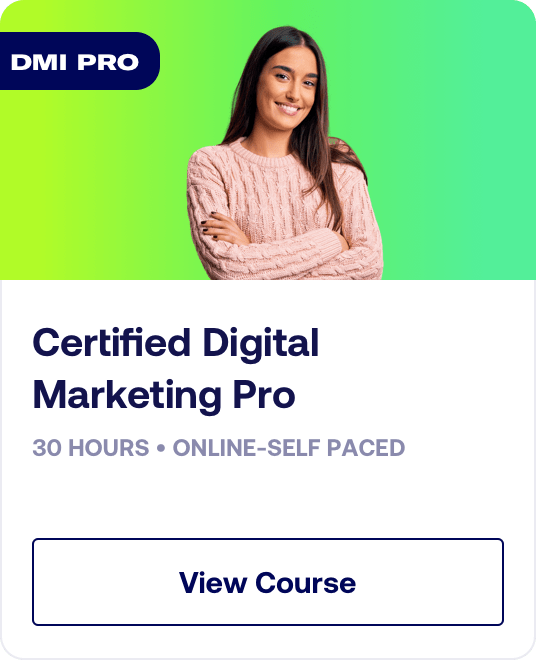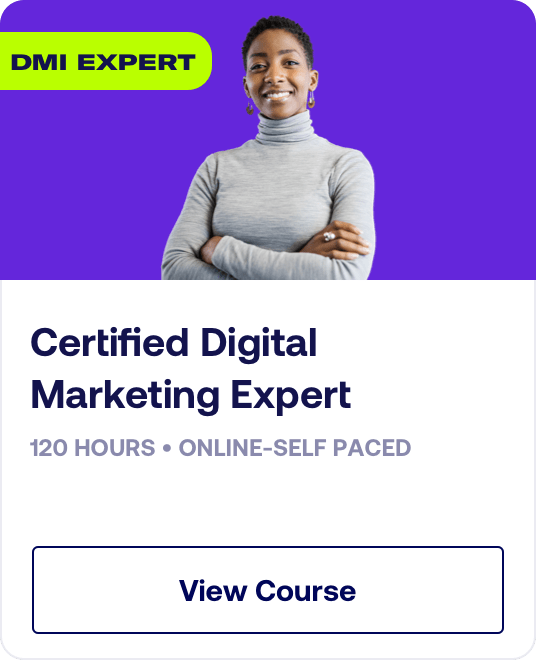Digital Marketing - Study Notes:
Comparing inbound and outbound
The key difference between inbound and outbound strategies lies in the consumer mindset. People are actively engaging when they take inbound actions, while they might simply ignore outbound messaging, as they are not actively looking for your offering there and then.
Furthermore, with inbound, people are actively working to find a product or solution to their needs, they’re likely to take action and convert when they find what they are looking for. So if your product solves a particular need, you need to figure out how people search to find you as the solution. What’s their search process, how do they find you? You can discover his through keyword and audience research and plan your strategy around their research paths.
Combining inbound and outbound
Be mindful that inbound and outbound marketing strategies should not be viewed in isolation, but rather as complementary approaches to consumer engagement. Digital marketers typically separate their channel plans into outbound channels that drive awareness and inbound channels that drive sales, leads, or other valuable customer actions.
So, to use both approaches, you would need to:
- Choose a mix of outbound channels and set budgets that build awareness and a pipeline of people who are starting their journey to becoming a customer.
- Choose a mix of inbound channels and set budgets that will drive valuable sales, leads, and conversions from people who are already aware of your business, know what they want, and are ready to take action
So, by using a combination of inbound and outbound channels and tactics, you can drive awareness of your business and product at the beginning of the journey. Then you can drive these consumers towards buying from you, becoming a lead, or taking other valuable actions for your business at the end of their journey.
By using both approaches, you bypass the challenges of each approach. Many outbound ads don’t resonate with people because they’re not actively looking at that time. But by showing your ads enough times, you hope that the message will land with a portion of the audience, prompting them to start looking for more information using inbound channels.
When they are actively looking, they have a higher level of intent. In other words, they’re engaged and looking for a solution. And as mentioned, as a result of their intent, they’re more likely to take action and make a purchase when they find what they are looking for.
Back to TopCathal Melinn
Cathal Melinn is a well-known Digital Marketing Director, commercial analyst, and eommerce specialist with over 15 years’ experience.
Cathal is a respected international conference speaker, course lecturer, and digital trainer. He specializes in driving complete understanding from students across a number of digital marketing disciplines including: paid and organic search (PPC and SEO), analytics, strategy and planning, social media, reporting, and optimization. Cathal works with digital professionals in over 80 countries and teaches at all levels of experience from beginner to advanced.
Alongside his training and course work, Cathal runs his own digital marketing agency and is considered an analytics and revenue-generating guru - at enterprise level. He has extensive local and international experience working with top B2B and B2C brands across multiple industries.
Over his career, Cathal has worked client-side too, with digital marketing agencies and media owners, for brands including HSBC, Amazon, Apple, Red Bull, Dell, Vodafone, Compare the Market, Aer Lingus, and Expedia.
He can be reached on LinkedIn here.

By the end of this topic, you should be able to:
- Critically assess the digital channel mix
- Systematically analyse tactics and techniques used for demand generation
- Critically evaluate the impact of outbound and inbound marketing on demand generation




